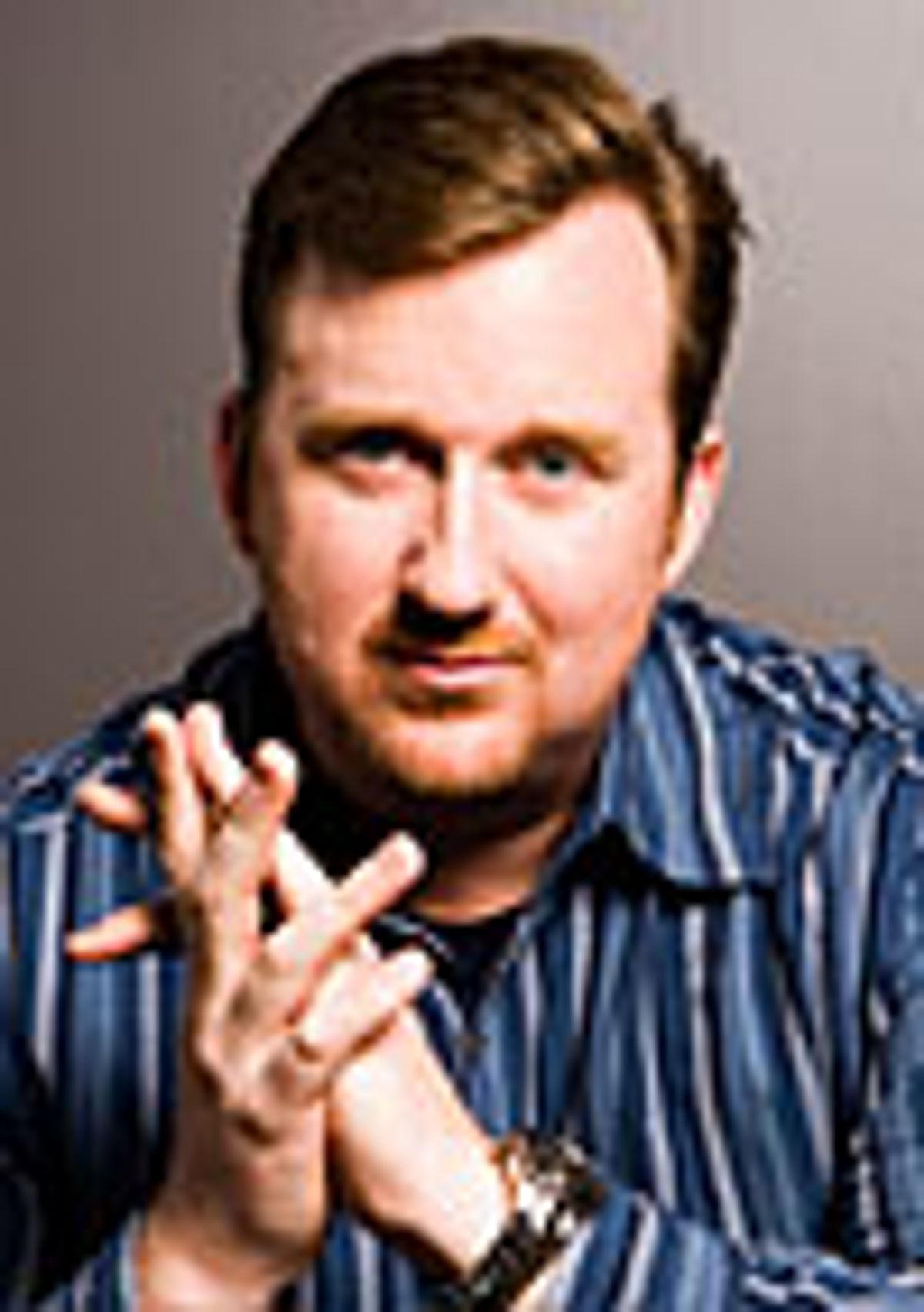Two hundred gaming fans crowded into the Sony Online Entertainment panel at the San Diego Comic-Con last summer to see Luke Skywalker himself—Mark Hamill. What they didn’t know was that the panel included someone who had truly harnessed the force of outer space—Sony executive and former space engineer John Blakely.
Blakely was there to unveil DC Universe Online, which goes on sale this month. The game—the PlayStation 3’s first massively multiplayer online role-playing game ("MMORPG" in gaming parlance)—allows players to create their own avatars to match wits with Superman, Batman, and other characters from DC Comics. (Hamill was on the panel as the voice of the Joker.)
DC Universe required a design that could imbue its digital images with the laws of physics for hundreds of thousands of players. That, in turn, required servers that could handle 10 times more computations per second than Sony’s most technically advanced MMORPG, Everquest II. Such jumps are crucial in an US $8 billion global industry that’s facing increasing competition from Asian game developers. The design work took five years.
"We had to design a server that would support the number of transactions needed to keep track of moving objects and how they interact with each player, and communicate that over the network," says Blakely. "That was one of the big pieces of core technology that we had to develop. If I’m in L.A., I could pick up a car in the game world, throw it, and hit a player in New York with it, and he would see the car coming. [That kind of] physics system that’s shared by hundreds of thousands of people simultaneously had not been done before."
Blakely credits his gaming acumen to his space career, which included a five-year stint building payloads and embedded systems as a computer programmer and research scientist, first at the University of Alabama’s Consortium for Materials Development in Space, and then at Teledyne Brown Engineering, both in Huntsville, Ala. Blakely helped to build the 3-D microgravity accelerometer, a data acquisition system used on the cargo-carrying Spacehab, Spacelab, and rocket missions. He designed software and motherboards, and helped flight-qualify the first Macintosh computer in space.
Blakely first combined his interests in space and gaming during a college engineering co-op year at the NASA Johnson Space Center in Houston, a homecoming of sorts. As a child he would visit his engineer father at work there and crawl around the centrifugal force machine the astronauts used for G-force training. He won Co-Op of the Year for designing a space station solar-array simulator. "I used my experience writing gaming code for fun on the side, to dress up the graphics, which didn’t exist back then," he says.
Blakely says that both a payload and a gaming console involve embedded systems with limited resources, such as memory. "You have to get everything working perfectly," he says. "You don’t want the console game to crash. And in space, you can’t reach up there to pull the plug or press the reset button."
Both space simulators and gaming projects require interactive teams of specialized engineers and programmers, and both require physics systems—though not in quite the same way. "Real physics aren’t as much fun as entertainment physics," says Blakely. "If you model a game using real physics, it looks as exciting as watching grass grow. Gaming deals with extreme, accentuated physics. You want a superhero hitting the ground with a sense of weight, when real physics would have him shatter. You understand the principles, then throw them away to make them fun."
This article originally appeared online in November 2010.
About the Author
Susan Karlin, based in Los Angeles, writes frequently for IEEE Spectrum about the intersection of entertainment and technology. In the past year she’s written about comedian-engineers, sexy robots, and funerals redesigned for webcasting.





